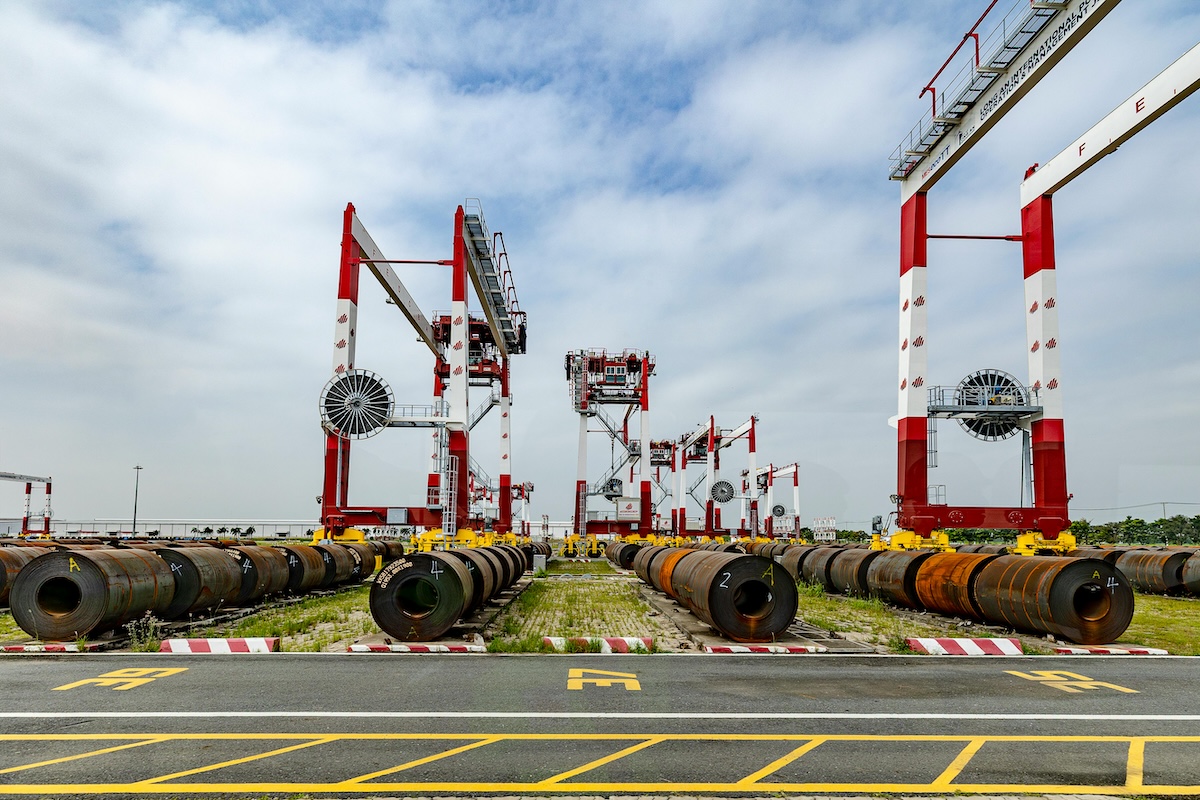Understanding the Compliance Risks of Technology Transfer

Article Summary
Technology transfer involves sharing or exporting technology, knowledge, or intellectual property between entities or countries.
Risks include violating ITAR, EAR, and export control regulations, which can lead to penalties and loss of intellectual property.
ITAR (International Traffic in Arms Regulations) and EAR (Export Administration Regulations) are U.S. laws governing the export of sensitive technologies.
By ensuring compliance with export controls, conducting due diligence, and implementing robust internal compliance programs.
Protecting IP ensures competitive advantage, prevents unauthorized use, and avoids legal and financial repercussions.
Technology transfer is the process of sharing or transferring technology, knowledge, or intellectual property from one organization to another, whether domestically or internationally. For U.S. companies and organizations, technology transfer requires navigating complex export control regulations, such as the Export Administration Regulations (EAR) and International Traffic in Arms Regulations (ITAR). These regulations aim to protect national security, foreign policy interests, and prevent the proliferation of sensitive technologies. Non-compliance with these laws can expose companies to significant risks, including penalties, loss of export privileges, and reputational damage. Understanding the compliance risks and requirements associated with technology transfer is crucial for any U.S. entity involved in global trade or partnerships.
1. Export Control Violations and Legal Penalties
One of the primary compliance risks associated with technology transfer is the potential violation of U.S. export control laws. The U.S. government uses these laws to restrict the transfer of certain technologies and information to foreign entities to protect national security and foreign policy interests. These regulations, including ITAR and EAR, control the export of defense-related goods and sensitive dual-use technologies. Failing to comply with these regulations—whether through unauthorized disclosures, improper licensing, or transferring technologies to restricted parties—can result in severe legal penalties, including substantial fines, civil or criminal charges, and imprisonment for responsible parties. Additionally, companies could face denial of export privileges, which would prevent them from doing business with foreign clients, leading to significant financial losses.
2. Risks from Transferring Technologies to End Users in Restricted Countries
Another significant risk in technology transfer arises from transferring technology to end users in restricted countries. The U.S. government has imposed sanctions and embargoes on certain countries that are deemed to pose national security or foreign policy concerns, such as Iran, North Korea, and Cuba. If a company unknowingly or unintentionally exports technology to an end user in a prohibited country, they could face legal repercussions, even if the transfer was not deliberate. Companies must conduct thorough due diligence to ensure that their technology transfers are compliant with export restrictions and sanctions. This includes understanding the end user, end use, and destination of the technology to avoid violating U.S. regulations and exposing the company to sanctions-related risks.

3. Intellectual Property and Technology Protection Challenges
Intellectual property (IP) protection is another major concern during technology transfer. U.S. companies often transfer proprietary technology to foreign partners, research institutions, or subsidiaries. Without proper safeguards, this transfer can result in IP theft or the unauthorized use of sensitive technologies, which can diminish a company’s competitive advantage. U.S. export control laws, such as ITAR and EAR, require companies to control and track the transfer of certain sensitive technologies. However, transferring technology to foreign entities that do not have robust IP protection mechanisms increases the risk of technology misuse or theft. Organizations must implement strict security measures, such as non-disclosure agreements (NDAs) and export licenses, to mitigate these risks when sharing technology with foreign partners or collaborators.
4. Risk of Violating U.S. Anti-Terrorism and Non-Proliferation Laws
Technology transfer can also expose U.S. companies to risks related to anti-terrorism and non-proliferation laws. The U.S. government closely monitors the export of technologies that could be used in the development of weapons of mass destruction (WMDs), including nuclear, chemical, and biological weapons. Companies transferring certain types of sensitive technologies may unintentionally violate non-proliferation laws, especially when dealing with entities that are linked to terrorist organizations, weapons programs, or embargoed states. The U.S. government imposes stringent regulations to prevent the proliferation of dangerous technologies, and non-compliance can lead to heavy penalties, including trade restrictions, loss of business, or reputation damage.
Final Takeaway: Mitigating Compliance Risks in Technology Transfer
While technology transfer presents significant opportunities for U.S. companies and organizations, it also involves substantial compliance risks. Violations of U.S. export control laws, unauthorized transfers to restricted countries, inadequate intellectual property protection, and violations of non-proliferation laws can result in severe legal and financial consequences. To mitigate these risks, companies must implement comprehensive compliance programs that include technology classification, data security safeguards, specific employee training, and regular audits of international collaborations. By understanding and addressing tech transfer risks, U.S. companies can engage in global partnerships without jeopardizing national security or their business reputation.
If you have any other topics or questions in mind, please visit www.ctp-inc.com or reach out directly to Rick Phipps at rphipps@ctp-inc.com.
Key Points
What is technology transfer, and why is it significant?
Technology transfer refers to the process of sharing or exporting technology, knowledge, or intellectual property between organizations, individuals, or countries. It plays a critical role in innovation, global collaboration, and economic growth. However, it also comes with significant compliance risks, especially when sensitive or controlled technologies are involved.
What are the primary compliance risks associated with technology transfer?
The main risks include:
- Violations of ITAR (International Traffic in Arms Regulations) and EAR (Export Administration Regulations).
- Breaches of export control laws, which can result in severe penalties, including fines and loss of export privileges.
- Unauthorized access to controlled technologies by foreign nationals or entities, leading to intellectual property theft or misuse.
What are ITAR and EAR, and how do they impact technology transfer?
- ITAR governs the export of defense-related articles and services, ensuring that sensitive military technologies do not fall into the wrong hands.
- EAR regulates the export of dual-use items, which have both commercial and military applications.
Both frameworks require businesses to obtain proper licenses and ensure compliance to avoid penalties.
How can businesses mitigate compliance risks in technology transfer?
To reduce risks, businesses should:
- Conduct thorough due diligence on partners and recipients of technology.
- Implement robust internal compliance programs tailored to ITAR and EAR requirements.
- Regularly train employees on export control regulations and compliance best practices.
- Use technology solutions to monitor and control access to sensitive data and intellectual property.
Why is protecting intellectual property (IP) crucial in technology transfer?
Intellectual property is a valuable asset that provides a competitive edge. Failing to protect IP during technology transfer can lead to:
- Unauthorized use or theft of proprietary information.
- Loss of market advantage and revenue.
- Legal disputes and reputational damage.
What are the consequences of non-compliance in technology transfer?
Non-compliance can result in:
- Hefty fines and penalties.
- Revocation of export privileges.
- Damage to business reputation and relationships.
- Potential legal action, including criminal charges for severe violations.










